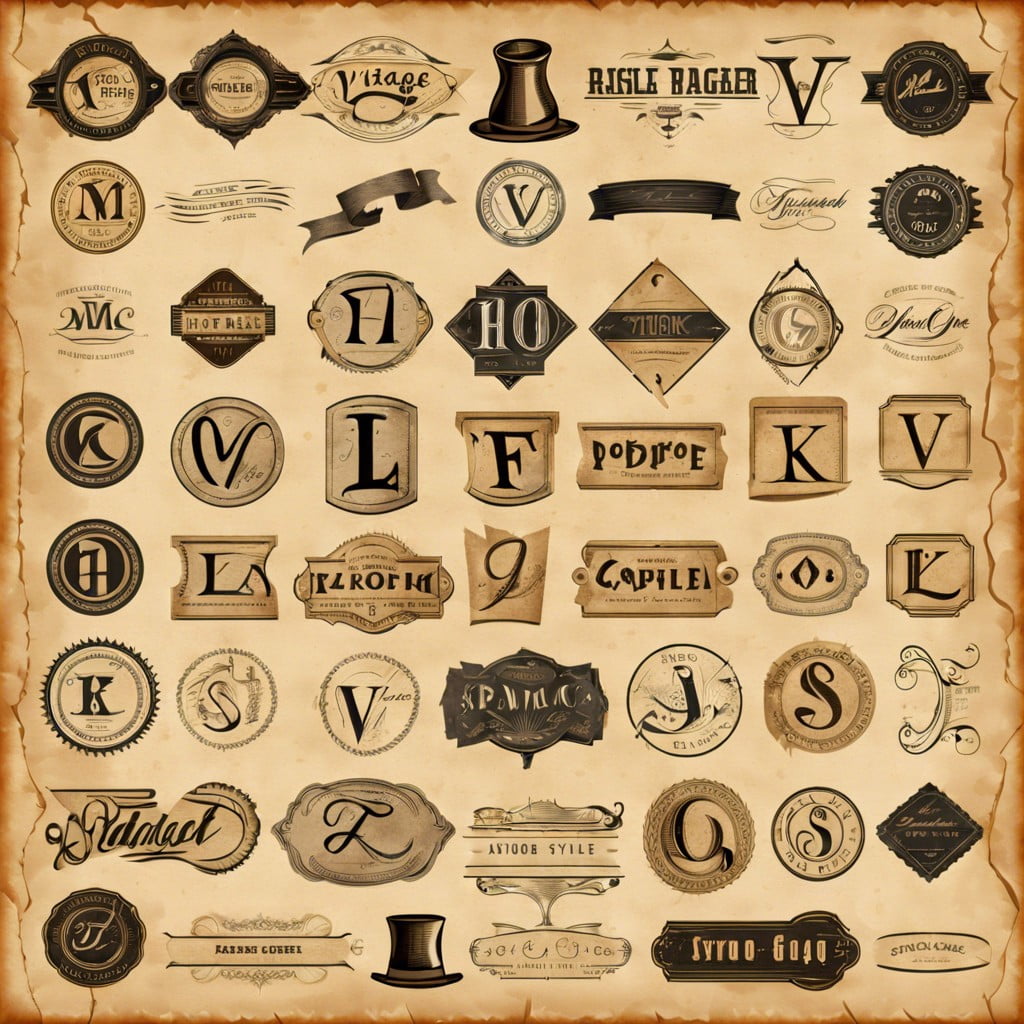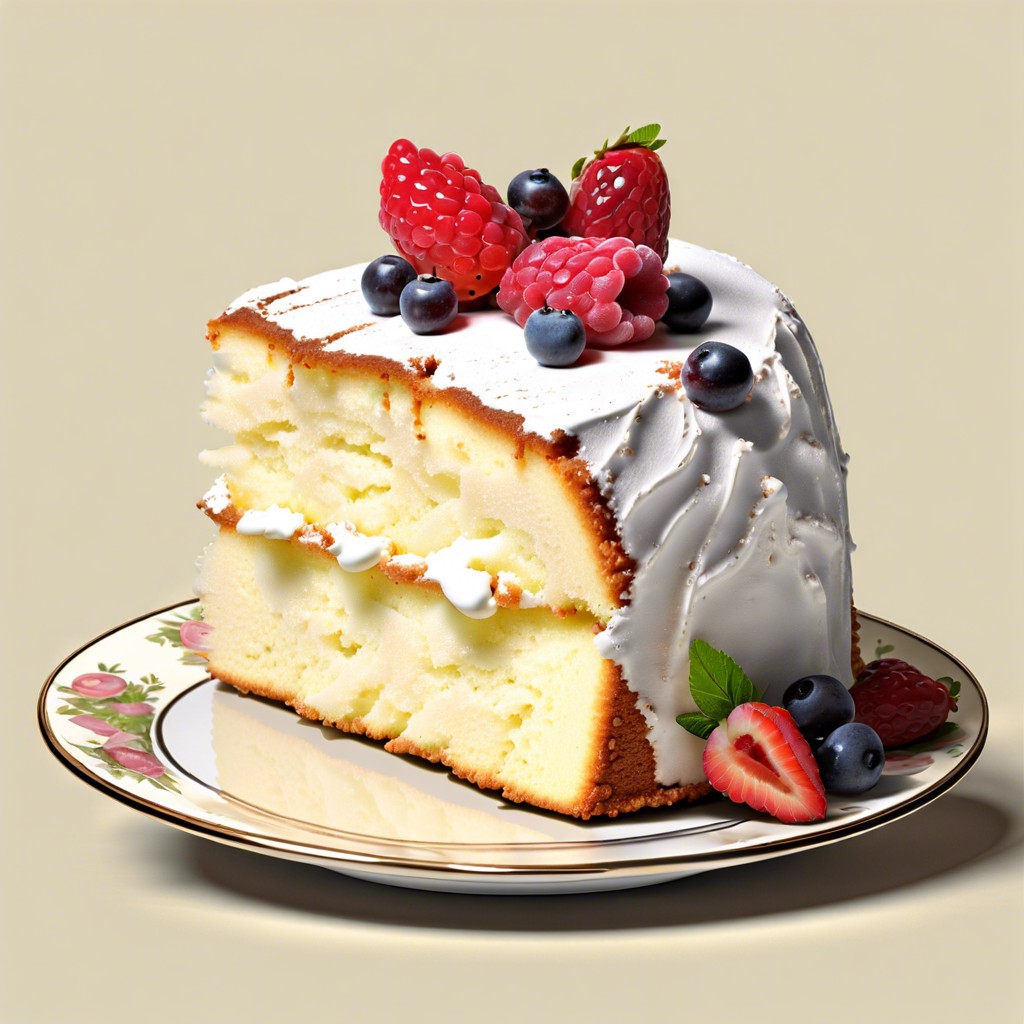Last updated on
Discover the enduring appeal of vintage fonts and how they influence modern design.
Key takeaways:
- Vintage fonts carry historical and cultural undertones.
- Different eras have unique typographic qualities.
- Vintage fonts evoke nostalgia and authenticity.
- Technology has revived and adapted vintage fonts for modern use.
- Vintage fonts are popular in branding, marketing, and design.
Understanding Vintage Fonts

Vintage fonts, evocative of different eras, convey historical and cultural undertones that resonate with audiences. Typically classified by the time period from which they originate, these typefaces carry the aesthetic and stylistic traits of their respective epochs.
For instance, Art Deco fonts hark back to the 1920s and 1930s, featuring geometric forms and lavish ornamentation symbolic of luxury and sophistication during that time. Victorian fonts reflect the intricate designs prevalent in the 19th century, mirroring the complexity and grandeur of that era’s architecture and decorative arts.
Besides period associations, vintage fonts often demonstrate unique typographic qualities. Serif fonts from the early 20th century, with their fine lines and elegant serifs, differ markedly from the bold, sans-serif types of mid-century modern design, which emphasize clarity and simplicity. The weight, spacing, and texture of these fonts also contribute to their historic authenticity.
Crucial to understanding vintage fonts is recognizing their ability to evoke nostalgia and authenticity. They serve as visual time capsules, offering a glimpse into the design sensibilities of bygone days. When employed thoughtfully, vintage fonts add a layer of depth and character to design projects, allowing users to tap into the rich visual histories the fonts represent.
Historical Significance of Vintage Fonts

Each vintage font encapsulates the zeitgeist of its era, acting as a visual communicator of cultural and historical contexts. Gothic fonts, for example, hark back to the 12th-century Europe, embodying the solemnity of the period’s ecclesiastical texts. In contrast, the ornate curlicues of Victorian typefaces reflect the 19th century’s industrial prosperity and the era’s affinity for elaborate design.
The 1920s Art Deco movement brought forth geometric fonts embodying modernity and sophistication, mirroring the optimistic spirit of post-war rejuvenation. Mid-20th century saw a surge in minimalist sans-serif fonts like Helvetica, echoing the era’s shift towards functionalism and clarity in design.
The use of a specific vintage font in a contemporary project can evoke nostalgia, add authenticity, or create a thematic link to a bygone era, providing both cultural resonance and visual appeal. Understanding the origins and associations of these fonts allows designers to employ them with intention and appreciation for their historical weight.
Impact of Technology On Vintage Font Revival
Digital typography advancements have democratized access to typefaces that were once limited by the constraints of physical type. With the evolution of desktop publishing and graphic design software, vintage fonts are not only restored but also adapted for modern usage.
High-resolution scanning and digital type design tools have enabled the precise capturing of textures and imperfections that embody the character of vintage fonts. Online marketplaces and font libraries offer unprecedented variety, making it easier for designers to incorporate these old-world styles into contemporary designs.
This revival has sparked an interest in the history and craftsmanship behind type design, encouraging designers to explore and learn from the typographic practices of the past.
Applications of Vintage Fonts
Vintage fonts are frequently utilized in branding and marketing efforts to evoke a sense of nostalgia, authenticity, and craftsmanship. They remain particularly popular in industries such as breweries, barbershops, and artisanal food markets, where a retro aesthetic can resonate with a target demographic looking for tradition and quality.
Graphic designers often incorporate these fonts into logos, packaging, and advertising materials to differentiate products in a crowded market.
In the realm of digital design, they bring a classic touch to websites, especially those related to antique sales, history-related content, or vintage fashion e-commerce. They also enhance the visual appeal of digital and print media for special events such as throwback film festivals, vintage car shows, and historical anniversary celebrations.
Furthermore, type enthusiasts and educators use vintage fonts as a pedagogical tool in typography courses, enlightening students on the evolution of typefaces and design principles.
Legal and Ethical Considerations
Navigating the use of vintage fonts involves respecting intellectual property rights. Fonts designed by individuals or foundries may be subject to copyright, and using such fonts without proper licensing can lead to legal issues. It’s prudent to verify the license type before using a font for commercial purposes, as some may only be free for personal use.
Additionally, respect for cultural heritage is vital when using fonts associated with a specific historical context or culture. Misusing or misrepresenting fonts can be seen as disrespectful and unethical. For instance, using a font that is a key part of a cultural identity in a context that trivializes that culture should be avoided.
As users and admirers of vintage fonts, ensure authenticity by obtaining fonts from reputable sources. Avoid counterfeit fonts that may be poor imitations and consequently diminish the quality of the work produced. Always attribute the typeface to its designer or foundry when required as a sign of respect for the craftsmanship that went into its creation.




